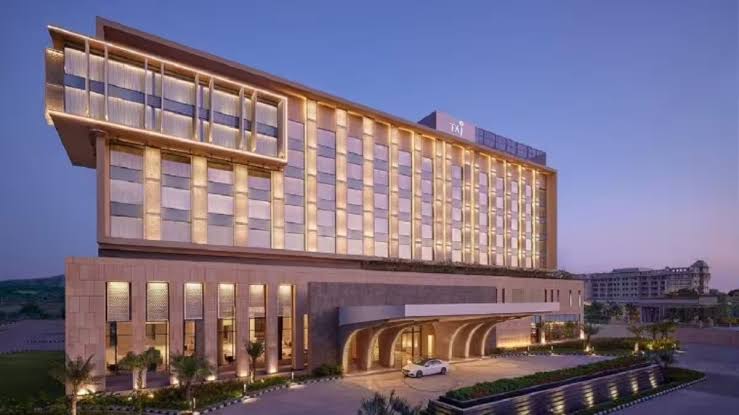ICRA projects the Indian hospitality industry to achieve revenue growth of 7-9% YoY in FY2025 and 6-8% YoY in FY2026, on the strong foundation of FY2024. Pan-India premium hotel occupancy is expected to rise to ~72-74% in FY2026 from ~70-72% in FY2025, while average room rates (ARRs) for premium hotels are projected to increase to INR. 7,800-8,000 in FY2025 (up 8% YoY) and further to INR. 8,000-8,400 in FY2026. ICRA’s sample set of 13 large hotel companies is likely to maintain robust operating margins of 31-33% in FY2025 and FY2026, compared to 33% in FY2024 and 20-22% pre-Covid.
The sector’s growth is driven by sustained domestic leisure travel, demand from meetings, incentives, conferences, and exhibitions (MICE), including weddings, and business travel, despite a temporary dip during General Elections. Spiritual tourism and tier-II cities are also expected to contribute significantly by FY2026. Domestic tourism remains the primary demand driver, while foreign tourist arrivals (FTA) are yet to recover to pre-Covid levels, with improvements linked to global economic factors. Gateway cities like Mumbai and NCR are projected to report occupancy rates exceeding 75% in FY2025 and FY2026, benefiting from transient passengers, business travellers, and MICE events, alongside healthy ARRs that may spill over demand to mid-scale hotels.
The medium-term outlook remains strong, supported by improved infrastructure, enhanced air connectivity, favorable demographics, and growth in large-scale MICE events due to new convention centers. However, supply growth, expected at a CAGR of 4.5-5% until FY2026, will lag demand, with limited premium inventory additions in metro cities due to land constraints. New supply is primarily driven by rebranding, property upgrades, and suburban greenfield projects. Renovations, refurbishments, and upgradation of properties in recent quarters are also expected to support ARRs.
Margins have expanded significantly due to cost rationalisation measures adopted during Covid, operating leverage benefits, and increased efficiency, with staff-to-room ratios remaining ~15-20% lower than pre-Covid levels. Asset-light expansions through management contracts and operating leases have also boosted profitability for larger hotel chains. Despite an uptick in supply announcements and revived deferred projects over the last two years, the relatively low inventory growth is expected to sustain the ongoing upcycle, as demand strengthens over the medium term.






